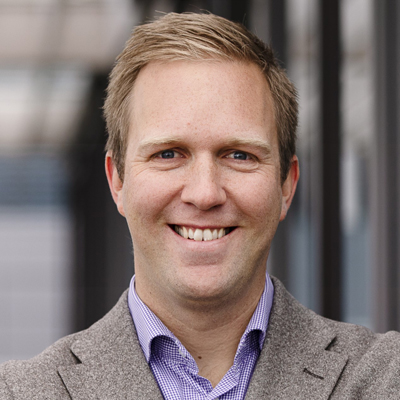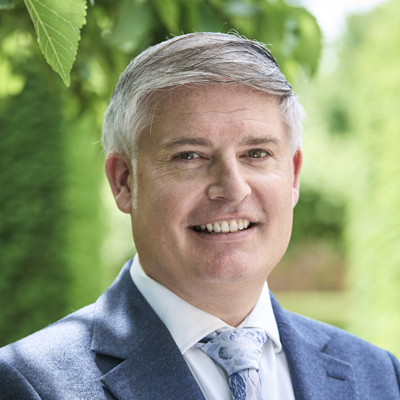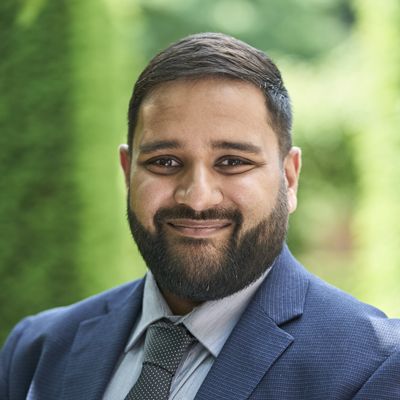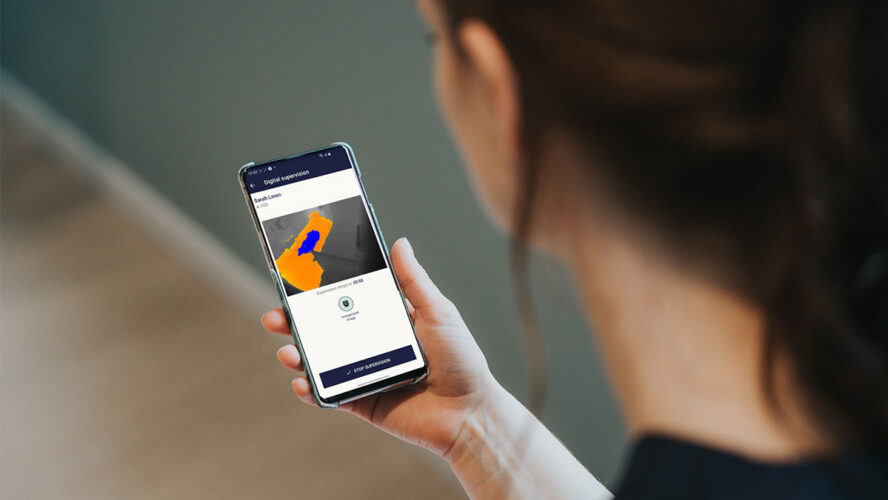
Torbjørn Aamodt
CEO, Sensio

Keith Crockett
CEO, Lovett Care

Rob Burcher
Head of Support Services, Cinnamon Care Collection

Gavin Pathmarajan
Head of Care and Quality, Cinnamon Care Collection
The latest AI-powered tech in care home settings can reduce risks for residents, promote independence, create better environments and improve the workload of care teams.
When the right technology is deployed properly in care home settings, there’s no doubt that it can improve care delivery and make it more person-centred. That’s good for the people who are receiving care, their families — and care home staff.
“Technology enhances our ability to provide great care,” confirms Keith Crockett, CEO of Lovett Care, which operates 27 care homes across England and Wales. “It allows our teams to identify issues sooner and be more focused on the care they give.”
Choosing the right AI-powered innovations
For instance, Crockett cites an AI safety sensor known as RoomMate, developed by healthcare technology provider Sensio, which is now offered in Lovett homes. This technology identifies when someone has a fall but can also ‘read’ the room and detect potentially dangerous situations, then alert care teams before a problem occurs. Previously, staff would need to check on residents throughout the night to ensure they hadn’t fallen out of bed.
“The issue with night checks is that they disturb people who are asleep,” explains Crockett. “They also take time to carry out. With the AI sensor, RoomMate, residents don’t need night checks. That’s better for them and the care team, our carers can now spend more energy on meaningful moments of care, while residents enjoy uninterrupted rest.” Alerts and data are available on staff mobiles, tablets, PCs and other screens linked by an eHealthcare platform.
Cinnamon Care Collection, one of the UK’s top-rated care home groups, also offers the AI sensor in a number of its care homes across the UK. Rob Burcher, Cinnamon Care Collection’s Head of Support Services, notes the importance of getting feedback from residents before choosing a healthcare technology partner. “One resident commented that the sensor ‘Isn’t spying; it’s just there to keep you safe and ensure you get help when you need it’,” he says. “This reassured us that the technology could be adopted without intruding on dignity.”
We’re coming to a point
where tech enables care to
be tailored to the individual.
Improving life for residents and care teams
Since the sensor was installed, residents’ sleep has improved, and team members have felt more empowered. “They told us that real-time alerts let them prioritise assistance,” says Gavin Pathmarajan, Cinnamon Care Collection’s Head of Care and Quality. “If the system shows a resident is out of bed or in an unusual position, they can respond faster than if they were waiting for a buzzer. This is particularly valuable for those at high risk of falls.” It’s about giving staff more time with residents and delivering safer, more dignified and more responsive care.
Torbjørn Aamodt, Sensio CEO, feels there has been a paradigm shift in the market for AI-enhanced healthcare over the last decade. “Technology has been in care homes for a long time,” he says. “But we’re seeing very high adoption rates now because, first, the use cases are much clearer and, second, the technology is much more mature.”
Using technology to deliver personalised care
Aamodt also sees new technologies, particularly AI, driving personalised healthcare solutions going forward. “We’re coming to a point where tech enables care to be tailored to the individual,” he says. “That’s powerful because it allows problems to be caught earlier. Also, tailoring care in that way is better and more fulfilling for care staff.”
Lisa Delaney, Sensio UK Country Director, adds: “Powered by AI and data-driven insights, we can deliver more than falls prevention and detection alone,” she says. “We can develop a comprehensive understanding of each resident’s needs, promoting independence, reducing risk, improving sleep quality, freeing up valuable time for care teams and fostering more positive, supportive environments. This is truly person-centred care.”



